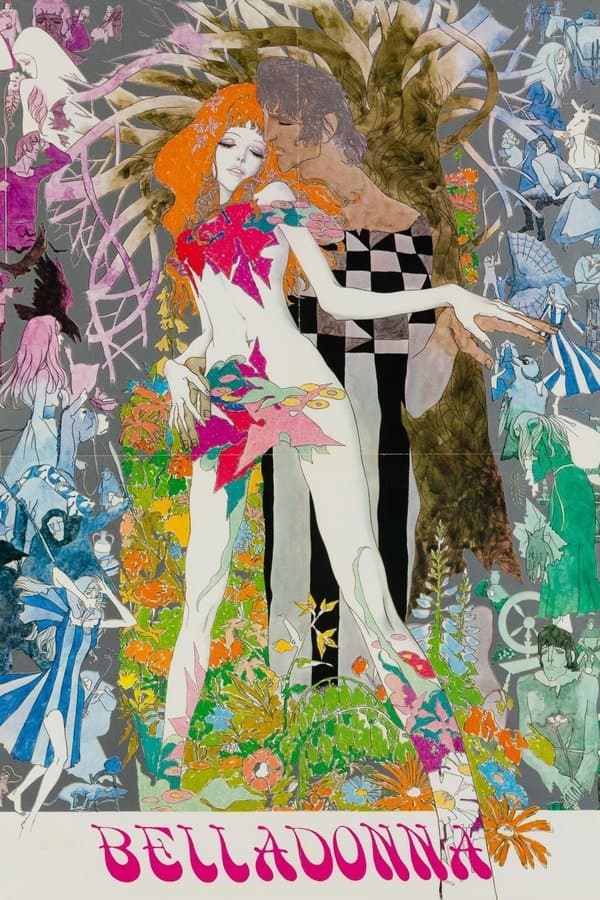
Belladonna of Sadness
1973 • Animation, Drama, Fantasy
An evil feudal lord rapes a village girl on her wedding night and proceeds to ruin her and her husband's lives. After she's eventually banished from her village, the girl makes a pact with the devil to gain magical ability and take revenge.
Runtime: 1h 27m
Why you should read the novel
Before you watch Belladonna of Sadness, experience the historical heartbeat that inspired it: Jules Michelet’s Satanism and Witchcraft. This classic of cultural history explores witchcraft as a lens on women’s lives, power, persecution, and resistance in medieval and early modern Europe.
Michelet weaves vivid archival anecdotes with social analysis, revealing how church and feudal authority shaped everyday existence, and how village healers, midwives, and folk traditions became symbols of autonomy. His passionate, provocative prose brings to life the economic pressures, gender politics, and spiritual yearnings that fed the witchcraft phenomenon.
If you’re drawn to feminist history, folklore, witch trials, and the roots of occult imagery, reading Michelet offers depth the screen can’t match. Discover the original ideas, contexts, and controversies that gave rise to Belladonna of Sadness—and unlock the historical story behind the art.
Adaptation differences
Belladonna of Sadness tells a singular, tragic tale of Jeanne, while Michelet’s Satanism and Witchcraft is not a novel but a sweeping historical study. Michelet surveys centuries, regions, and countless cases; the film condenses themes into one fictional protagonist and a stylized medieval French village to craft a concentrated emotional narrative.
The film’s tone is lyrical, erotic, and surreal—heavy with music, watercolor tableaux, and hallucinatory metamorphoses. Michelet writes in polemical yet scholarly prose, mixing social critique with archival citations. Where the movie emphasizes sensuous imagery and psychological horror, the book foregrounds sociology, economics, religion, and the mechanisms of repression.
Supernatural forces are personified in the film, with the Devil acting as seducer, tempter, and catalyst for Jeanne’s transformation. Michelet rarely treats the Devil literally; he frames witchcraft as a social and psychological refuge, a form of folk medicine, a protest against feudal and ecclesiastical power, and a metaphor for marginalized knowledge rather than a demonic pact.
Structurally, the movie culminates in revolutionary imagery and Joan of Arc–like symbolism, compressing history into a mythic arc. Michelet traces broader transitions—from medieval superstition to Enlightenment reforms—discussing inquisitorial procedures, legal changes, and the evolving role of midwives and healers. The result is a wide-angle, argumentative history in the book versus a concentrated, poetic tragedy in the adaptation.
Belladonna of Sadness inspired from
Satanism and Witchcraft (La Sorcière)
by Jules Michelet










